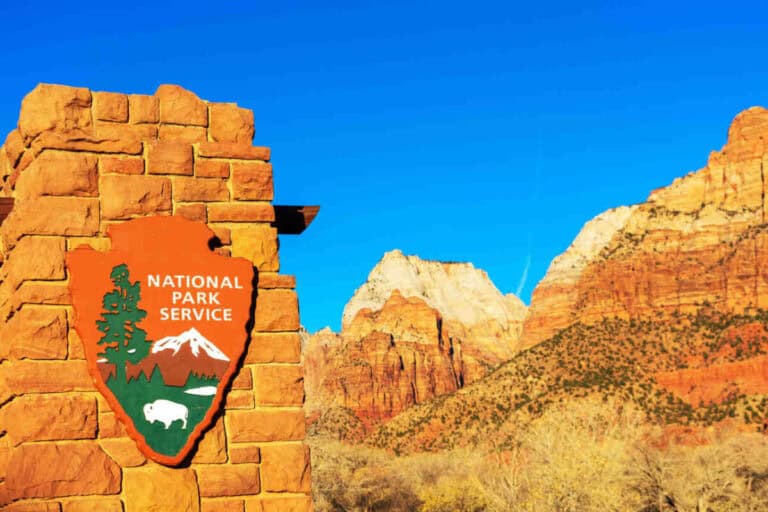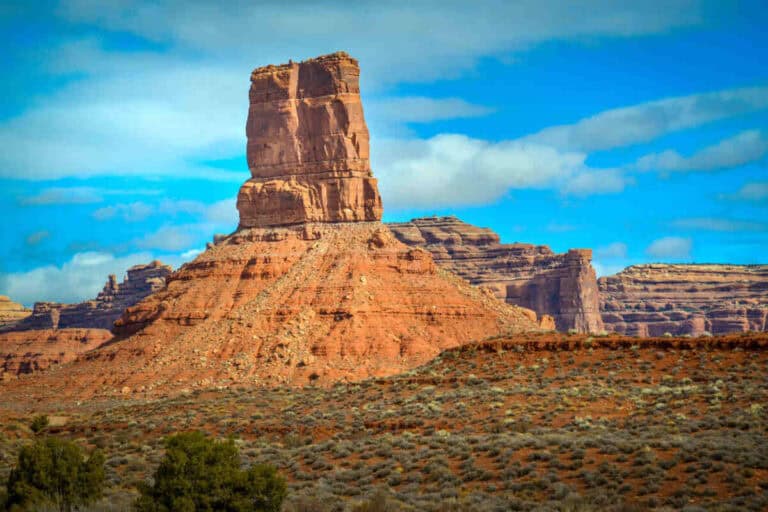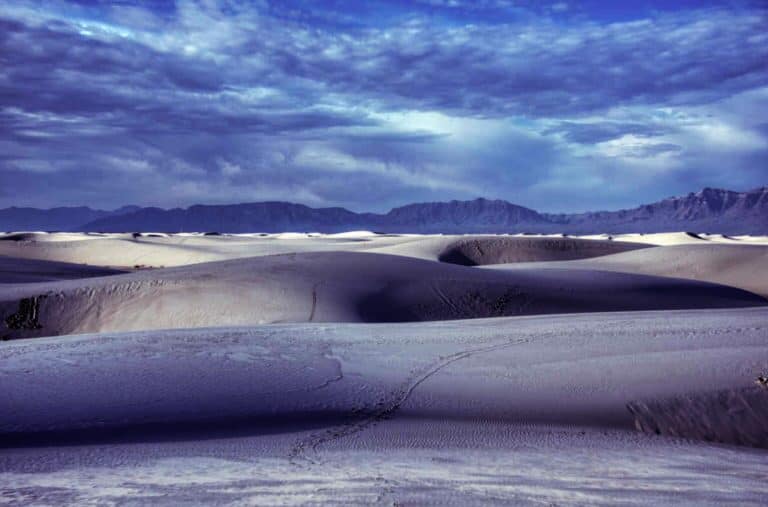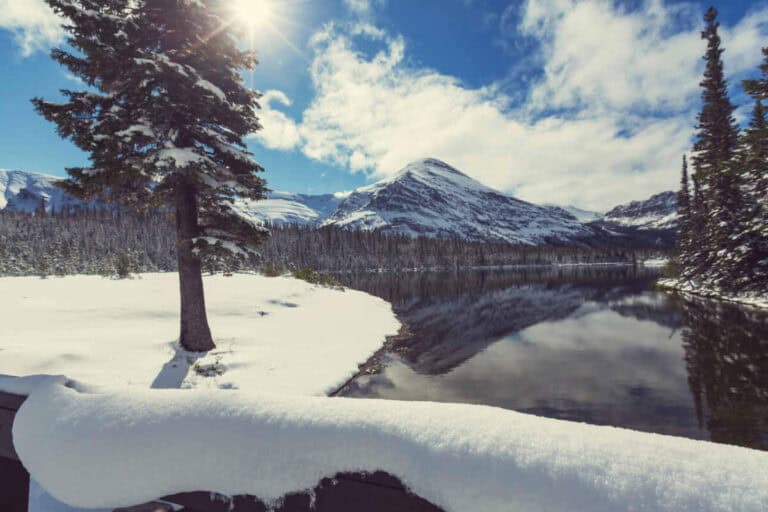New Research Shows Yellowstone Super Volcano Poses No Immediate Threat
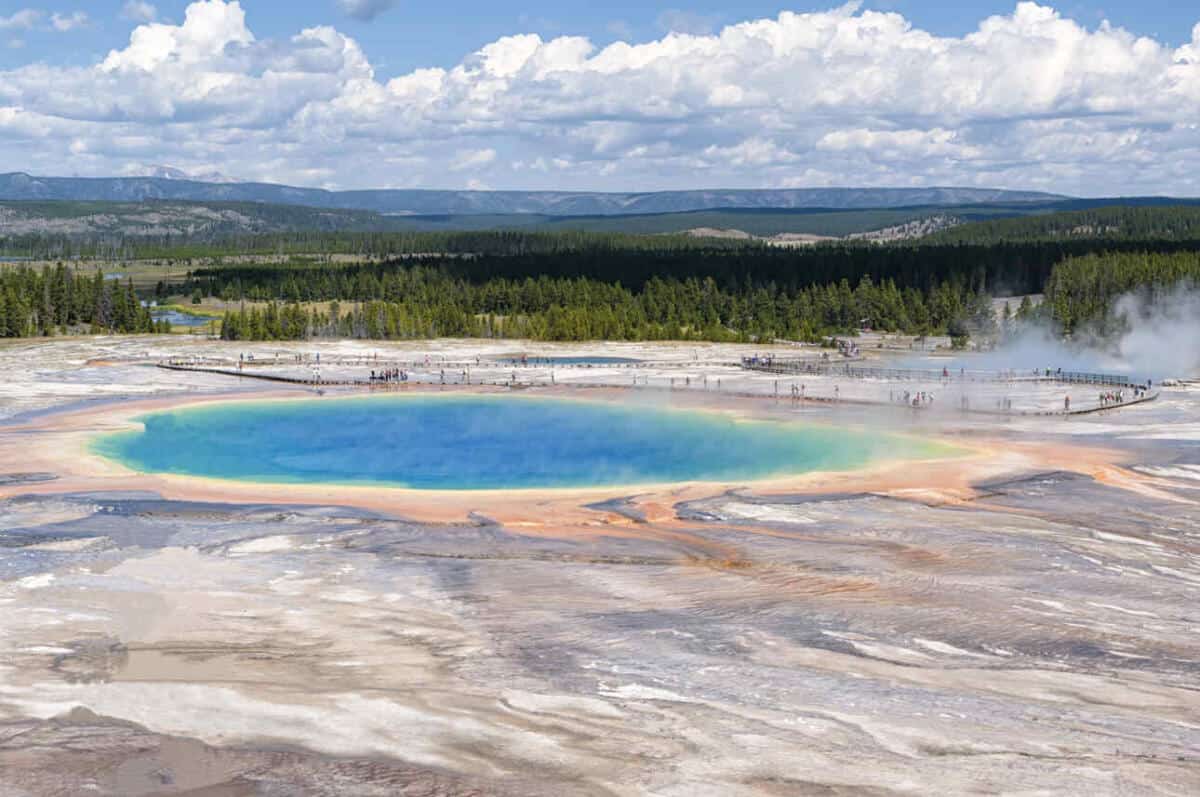
Scientists at the University of Utah have found new evidence that the famous Yellowstone super volcano is not about to erupt anytime soon, bringing relief to those worried about a potential disaster.
The breakthrough came when Jamie Farrell, a research associate professor and chief seismologist at the U.S. Geological Survey’s Yellowstone Volcano Observatory, used a new method to look at what’s happening deep underground at the park, writes KSL.com.
650 temporary seismometers
Starting in 2020, Farrell and his team placed about 650 temporary seismometers throughout Yellowstone National Park, mostly along roads. They then used a special truck that can make the ground vibrate to create artificial earthquakes.
“In a sense, we’re causing our own earthquakes, and we record all that data on the seismometers”, Farrell explained. “And since we put so many out, we can get a higher resolution image of the subsurface.”
This technique, similar to medical CT scans, allowed them to see the magma chamber more clearly than ever before. They found that the top of the chamber sits about 12,500 feet below the surface.
Degassing
The most important discovery was that the magma chamber contains a ‘50/50 mixture’ of gases and liquids. This is good news because it means the volcano is ‘degassing’ – releasing pressure that could otherwise build up.
“We’re only seeing seven to fifteen percent molten material in this magmatic system, and typically, you need to have at least 50% for magma to be mobile and be able to move around, and depth, and then be able to erupt. It doesn’t look like the system is anywhere near ready for an impending eruption”, said Farrell.
Mike Poland from the Yellowstone Volcano Observatory added that this research helps scientists understand volcanoes worldwide: “Yellowstone, in many ways, is a laboratory volcano, and what we learn at Yellowstone can be used to better understand volcanoes in other parts of the world that are a lot more active but are harder to study.”

